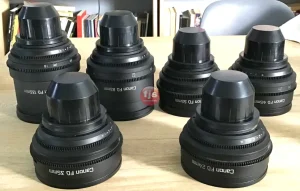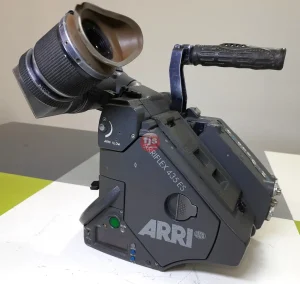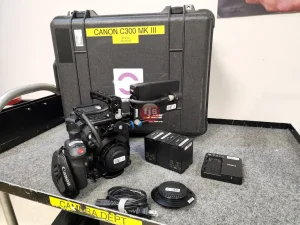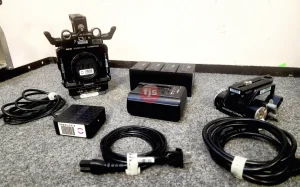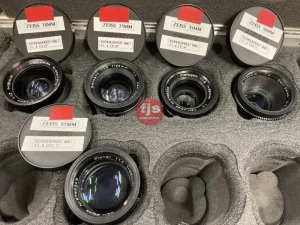Introduction
Master prime lenses are a type of high-end cine lens that are designed for professional film and video production. They offer superior optical performance and are built to withstand the rigors of use. Here are some tips on how to use master prime lenses:
Focusing master prime lenses:
- Master prime lenses are manual focus lenses, which means that the focus must be adjusted manually. This can be a challenge for some users, but it is important to take the time to focus the lenses carefully in order to get the best possible image quality.
- To focus a master prime lens, you will need to use a focus puller. A focus puller is a device that allows you to adjust the focus of the lens smoothly and precisely.
- When focusing a master prime lens, it is important to pay attention to the depth of field. The depth of field is the range of distances in front of and behind the subject that is in focus. The narrower the aperture, the greater the depth of field.
Using master prime lenses for different types of shots:
- Master prime lenses can be used for a variety of shots, including close-ups, wide shots, and everything in between.
- For close-ups, you will need to use a narrow aperture to get a shallow depth of field. This will help to blur the background and focus attention on the subject.
- For wide shots, you can use a wider aperture to get a deeper depth of field. This will help to keep everything in the frame in focus.
- Master prime lenses can also be used for creative effects, such as shallow depth of field and bokeh.
Taking care of master prime lenses:
- Master prime lenses are expensive and delicate, so it is important to take care of them properly.
- You should always clean master prime lenses before and after use. Use a soft, microfiber cloth to wipe the lenses. Avoid using harsh chemicals or solvents, as these can damage the lens coatings.
- You should also store master prime lenses in a clean, dry place. Avoid storing them in direct sunlight or in humid environments.
Conclusion
By following these tips, you can learn how to use master prime lenses to their full potential. Master prime lenses offer superior optical performance and are built to withstand the rigors of use. They are a valuable tool for any filmmaker who wants to create high-quality images.
Relevant keywords: master prime lenses, cine lenses, focus, depth of field, bokeh, care, maintenance, storing
Here are some questions and answers about using master prime lenses:
- Q: What are the different types of master prime lenses?
There are many different types of master prime lenses, each with its own unique characteristics. Some of the most common types include:
* Full-frame master prime lenses: These lenses are designed to be used on full-frame cameras. They offer the best image quality, but they are also the most expensive.
* Super35 master prime lenses: These lenses are designed to be used on Super35 cameras. They offer good image quality and are less expensive than full-frame master prime lenses.
* Anamorphic master prime lenses: These lenses are designed to create an anamorphic image, which has a wider aspect ratio than a traditional image. They are often used for creating a cinematic look.
- Q: How do I choose the right master prime lenses for my needs?
The best way to choose the right master prime lenses for your needs is to consider the type of camera you will be using, the type of shots you want to achieve, and your budget.
- Q: How do I focus master prime lenses?
Master prime lenses are manual focus lenses, which means that the focus must be adjusted manually. This can be a challenge for some users, but it is important to take the time to focus the lenses carefully in order to get the best possible image quality.
- Q: How do I use master prime lenses for different types of shots?
Master prime lenses can be used for a variety of shots, including close-ups, wide shots, and everything in between. The type of shot you want to achieve will determine the aperture and focus settings you will need to use.
- Q: How do I take care of master prime lenses?
Master prime lenses are expensive and delicate, so it is important to take care of them properly. You should always clean master prime lenses before and after use. You should also store master prime lenses in a clean, dry place.




